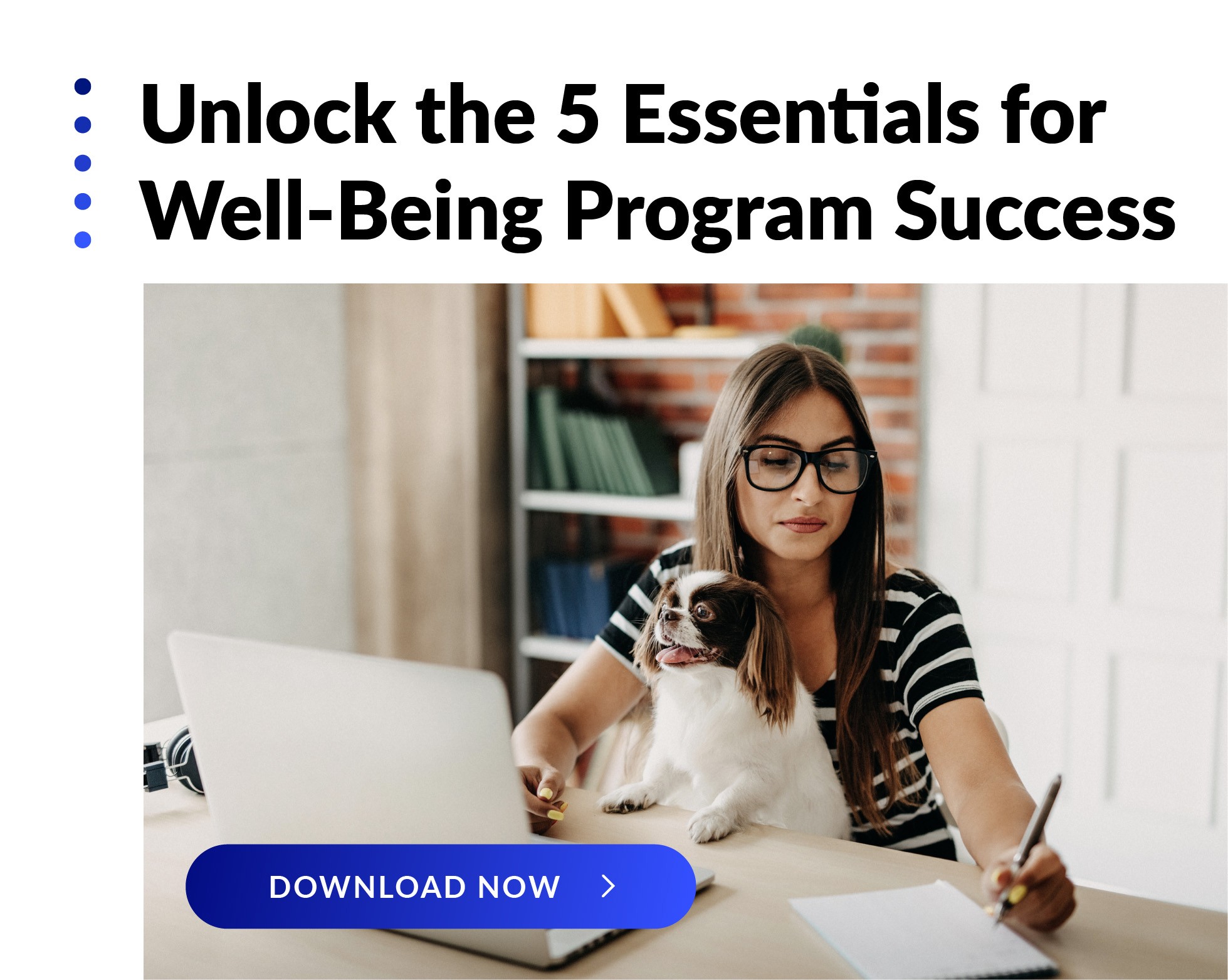 Several potential COVID-19 vaccines are under study, making experts optimistic that a viable option will be ready to distribute by early 2021. We sat down with Dr. Shure, who specializes in Internal Medicine and Pulmonary Disease, to discuss what vaccines are, how they work, and how employers may need to address return-to-work vaccinations in the coming months.
Several potential COVID-19 vaccines are under study, making experts optimistic that a viable option will be ready to distribute by early 2021. We sat down with Dr. Shure, who specializes in Internal Medicine and Pulmonary Disease, to discuss what vaccines are, how they work, and how employers may need to address return-to-work vaccinations in the coming months.
Can you give us a little primer about how vaccines work in general? For example, how do they create an immune response against a disease?
Vaccines act by tricking our immune system into thinking it has an infection without actually causing an illness. Normally, when we get an infection, some important white blood cells go into action to help fight it. Some white blood cells (B-lymphocytes) produce antibodies to parts of the virus or bacteria that neutralize it so it can’t get into our cells to make us sick. Other cells (T-lymphocytes) destroy any bacteria or virus that may have gotten into our cells.
By making our bodies think they’ve already been infected, vaccines stimulate the production of antibodies and T-cells so that when we do get exposed later, our body is ready to jump into action. It already has the tools it needs to prevent the infection from taking hold.
It is important to understand that this is the ideal. In actual practice, vaccines may prevent infection entirely, but sometimes an infection can occur anyway. In these cases, vaccination actually reduces the severity of the infection. Both are valuable results!
Understandably, people can be impatient with the length of the vaccine development process, especially now as it relates to the COVID-19 vaccine. Why does it take so long for a vaccine to get to market?
Getting vaccines to market has typically been a long process, often taking years, in part because of the technology in vaccine development and production, and in part because of the necessary testing for safety and effectiveness. Usually, vaccines have to be tested in animals first. Then they’re tested in small clinical trials (Phase 1) in humans to get an idea about safety. Then they’re tested in larger trials (Phase 2) to determine the best dose. Finally, they need to be tested in much larger trials (Phase 3) to determine both safety and effectiveness. These results then have to go through a rigorous regulatory review process followed by ramping up production and marketing after approval.
While this process has taken years in the past, vaccine development against the virus causing COVID-19 is proceeding much more quickly. The recent experience with a related virus—the one causing SARS—is one factor, and new genetic vaccine technology is another. A number of the vaccines being developed and in early testing actually use virus genetic material to fool the body into making parts of the virus itself but without the ability to produce the virus. Our bodies then think the virus is present and make antibodies to it. These genetic approaches can produce vaccines much more quickly on a large scale and don’t involve the risks and expense of growing large amounts of virus.
So technological advances have shortened the process, but funding has also been critical. The seriousness of the pandemic has stimulated large-scale funding of development and production processes that may otherwise not have happened.
All these factors have allowed us to conceive of a vaccine availability in a 12 to 18-month timeframe instead of five to 10 years. Whether the first vaccines become available early in 2021 as hoped or later in the year, it will be a remarkable achievement.
If one of the potential vaccines for COVID-19 is developed and approved soon, what are your concerns from a logistics standpoint about making the vaccine available to everyone? Do we have experience with prioritizing distribution and access to a vaccine in a short period?
This is an important question. In the US, we haven’t traditionally had a unified distribution system, but the overwhelming concern in stopping the pandemic has resulted in a number of governmental and non-governmental groups trying to develop criteria and plans for distribution. Concerns center around getting the vaccine to those most at risk first to prevent death and limit spread.
If there happen to be several different vaccines that emerge as viable, how can people make an informed decision about which vaccine they should have?
It would certainly be wonderful to have a choice, but this may be more of a long-term evolving process as we learn more about the effectiveness of individual vaccines and their effectiveness in specific groups at risk.
Most vaccines are not 100% effective. The measles vaccine is the highest at 98%, but the effectiveness of the yearly influenza vaccine can vary from 30% to 60%, although it does reduce the severity of illness even when it doesn’t prevent infection.
The FDA has announced that vaccines for COVID-19 will have to be at least 50% effective to receive approval. It is entirely possible that early vaccines may help slow the pandemic, and later ones may offer even more immunity. It will be important to get as many people immunized as possible as early as possible, even if repeat vaccination may be beneficial later.
It may be too early to tell, but do you think a COVID-19 vaccine will cause any minor symptoms as bodies build immunities? If so, do similar symptoms appear after people receive more common vaccines?
It is incredibly common for any vaccine to cause mild generalized symptoms, mostly in the form of aches, malaise, and low-grade fever. This seems to be true of the COVID-19 vaccines reported so far. One should certainly expect minor reactions as the immune response develops.
Provided we have a viable vaccine by early next year, do you have any advice for employers as they consider whether or not to mandate that employees be vaccinated before returning to work?
Two words will be important to remember—vigilance and flexibility. The picture related to the pandemic and to vaccine development changes almost daily. Employers will need to monitor reliable sources like the CDC for the best available information on vaccine availability and return-to-work guidance. That’s the vigilance issue. However, everyone has to remember how quickly the information can change and be prepared to be flexible. We can expect change to be the norm.
For those interested in following the status of the various vaccines in development and testing, check the latest updates from WebMD.
Despite the flexibility that will be needed with respect to COVID-19 vaccinations, it will remain essential for employers to remind their employees about the critical importance of influenza vaccination, beginning in September. The CDC and WHO are urging influenza vaccination to avoid the overwhelming public health burden of influenza in addition to COVID-19.
It will also be essential to maintain basic public health measures such as masks, handwashing, and social distancing until the pandemic is largely under control. We will not be out of the woods based on vaccines alone.
We know that there is a growing anti-vaccination sentiment in the US. What would you say to someone who does not believe in getting vaccinated?
Resistance to vaccination comes in at least three forms.
Many people are concerned that the vaccine development process for COVID-19 could become politicized, resulting in the premature approval of a vaccine, and they are, therefore, wary of the potential product. To this issue, Dr. Hahn, the FDA Commissioner, has stated firmly that all safety and effectiveness standards will be adhered to throughout the approval process.1 Comfort can also be offered based on the multiple levels of oversight from the NIH. Transparency will be demanded by many in the scientific and medical communities.
Others are reluctant to use the early vaccines because they may not be as effective as later vaccines. These people can be reassured that some protection is better than none at this stage in the pandemic, and early vaccination will not prevent second or booster vaccinations, or even vaccination with more effective products, when they become available. By receiving some vaccine early, they will help the public health effort to lessen the spread of the pandemic as well as help themselves.
The more difficult resistance comes from a small group called “anti-vaxxers.” This group has been in existence since the 1970s and reflects the anti-science bias that Dr. Fauci has decried. They typically feel that there is a link between vaccines and autism, a very soundly discredited theory. The resistance of this group now includes any potential vaccine to prevent COVID-19. These attitudes are difficult to deal with individually and will require, at the very least, a concerted nation-wide public health education effort. People need to be assured that the science is real, and that the health of our entire country depends on wide-spread vaccination for prevention of the spread of COVID-19. Hopefully, those skilled in such campaigns can launch an effective effort.
Vaccines are extremely safe and the benefits of vaccination are high, particularly considering the personal and societal costs of the diseases they prevent. The same should hold true with the COVID-19 vaccines currently under development.
Additional COVID-19 Resources:
- CDC. Understanding How Vaccines Work
- CDC. Vaccine Effectiveness: How Well Do the Flu Vaccines Work?
- JAMA Network. Influenza in the COVID-19 Era
Related Content:
- Blog: From the Frontlines: A Message from Dr. Beckerman
- Blog: Tips For Handling Coronavirus in the Workplace
- Blog: Navigating a Safe and Healthy Return to Work: Tips for Employers

